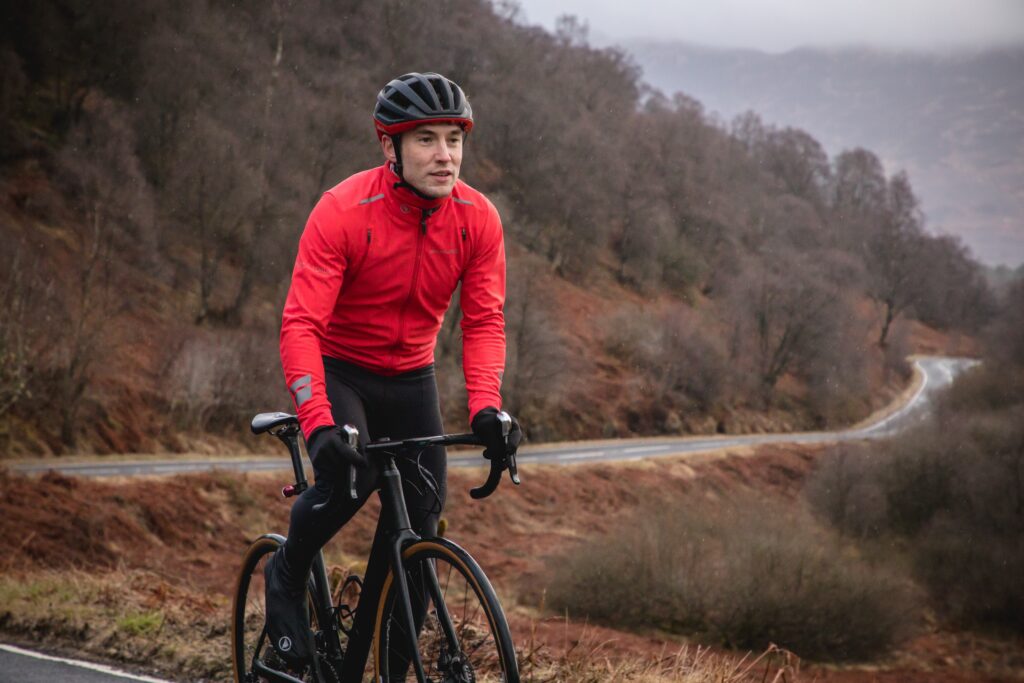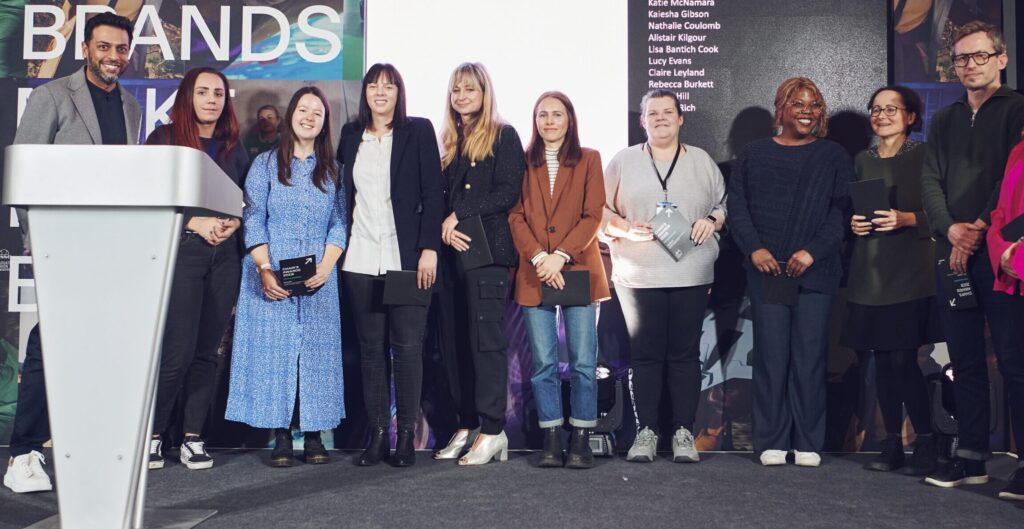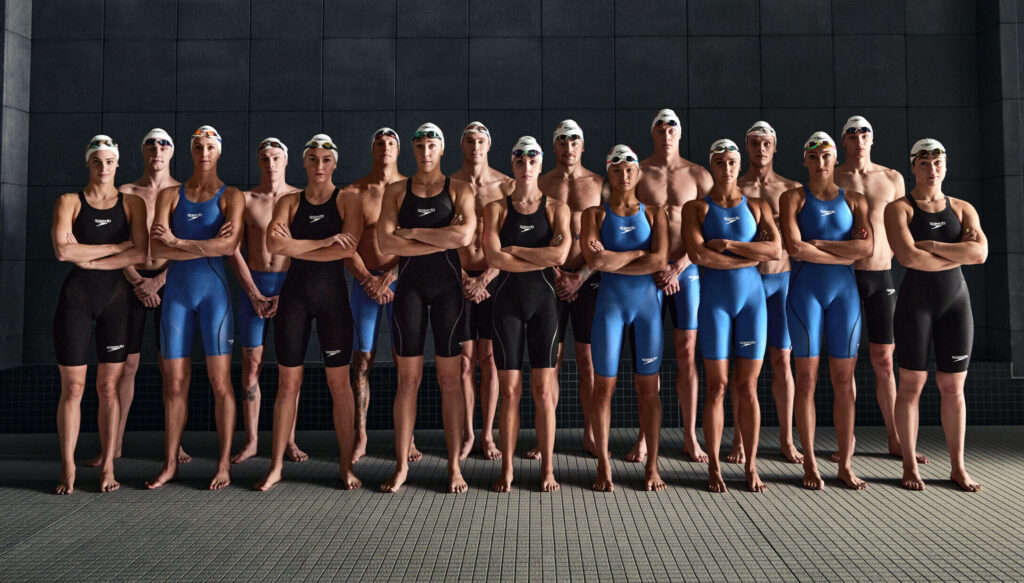Pentland Brands has been part of the conversation around microfibres since 2017, when Berghaus became a founding member of The Microfibre Consortium (TMC).
The microfibre issue is complex so, following the recent flurry of news coverage around their impact on the environment, we spoke to Nathalie Coulomb, Corporate Responsibility Business Partner at Pentland Brands, to find out how we’re working towards a solution.
The decision to join the TMC
“The Outdoor industry was one of the first industries to acknowledge the issue of microfibres and decided that collaborating with each other would be much more effective than working individually. Given that we were on the front line of research, many other brands in fashion or home textiles asked if they could also join.
“The decision for us to join was not a difficult one; the issue is very complex, and the solutions will also be, but it is definitively the right thing to do. Pentland is committed to doing business in the right way and an important part of that commitment is to increase our focus on product sustainability.”
The research
“Unfortunately, the issue is not just limited to fleece, it has been shown that all textiles shed and some even more than fleeces. Our goal is not to develop non-shedding textiles, but to minimise the release of microfibres. It has also been shown that although natural fibres have been widely suggested in the news to be a suitable alternative, there is very little difference in shedding between manmade or natural fibres and no clear science on how quickly they actually biodegrade once in the oceans.
“The first step to tackle the issue is to develop a test method that allows us to measure the release of microfibres. We have been discussing how we would implement the test method in-house, so that we can benchmark all our fabrics and start working with our suppliers on improvements.
“Another area where the consortium has been working is in getting an understanding of the impact of using recycled polyester versus virgin polyester. Recycled materials are a key component to moving to a circular economy and we need to make sure that we are not creating issues in other areas. The initial results of the study are positive but there are still lots of trials and testing to do.”
Sustainable items in our product ranges
In addition to our research with the TMC, we’re always looking to find new innovative solutions to produce our products using sustainable methods and recycled materials.
“There are already several products within our brands that are taking the approach of reducing the amount of virgin materials used. For instance, the Berghaus fleece range for AW18 is made using Polartec fabric, which is made of recycled plastic bottles. More than two million bottles were diverted from the landfill to make these fleeces.
“The Speedo H2O range is even using recycled Nylon, made partly from fishing nets recovered from the oceans.
“Other initiatives, such as Colourkind, are reducing the amount of water (up to 90%) used to make the products and both Berghaus and Speedo have these products in their ranges.”
How consumers can help
“The best way to reduce your impact is to buy products that are built to last. It’s the ethos at the heart of our brands – Berghaus offers a product lifetime guarantee and Speedo has its Endurance swimwear range.
“You should also wash your clothes only when they need it and make sure you use full loads. Not only will you reduce the amount of microfibre released in the waste water, but you will also save water and energy (extra points for the environment!). Line drying is also a better option than tumble drying.
“There are other options to capture as many microfibres as possible such as using a specialised wash bag or upgrading to a fibre filter on your washing machine”.





